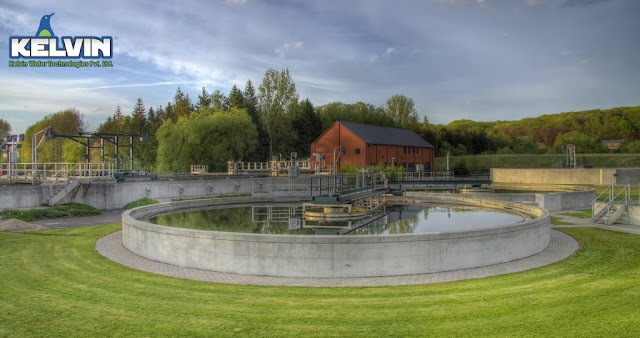A Complete Guide to ZERO LIQUID DISCHARGE PLANT

Few out of every odd mechanical office that produces wastewater will require ZERO LIQUID DISCHARGE PLANT(ZLD). It is typically looked to if all else fails on the grounds that it very well may be a mind-boggling process that requires a high starting venture. What is a zero fluid release treatment framework? A ZERO LIQUID DISCHARGE PLANT Manufacturer ZLD treatment framework uses progressed innovative water treatment procedures to constrain fluid waste toward the finish of your modern procedure to, as the name recommends, zero. · An effective and very much planned ZLD Plant treatment framework ought to have the capacity to: · handle varieties in waste pollution and stream · take into consideration required substance volumes modifications · recuperate around 95% of your fluid waste for reuse · treat and recover significant side-effects from your waste (i.e. salts and saline solutions) · creat







